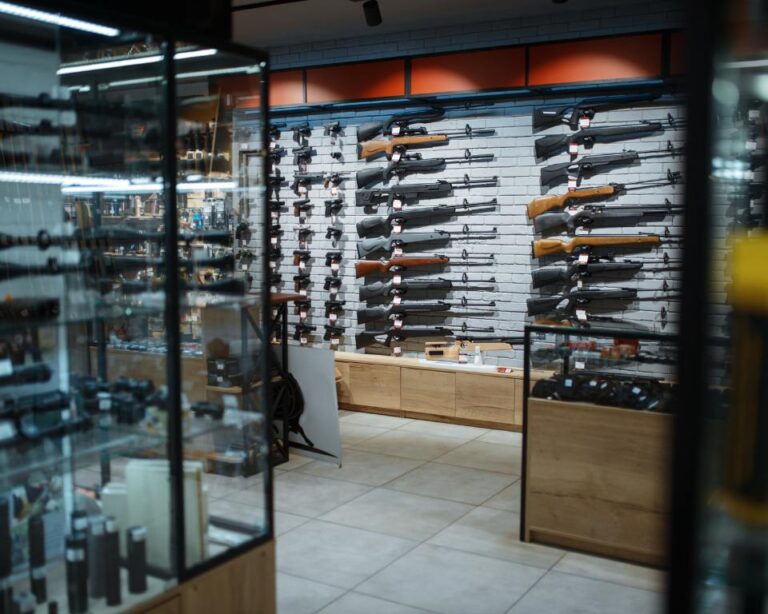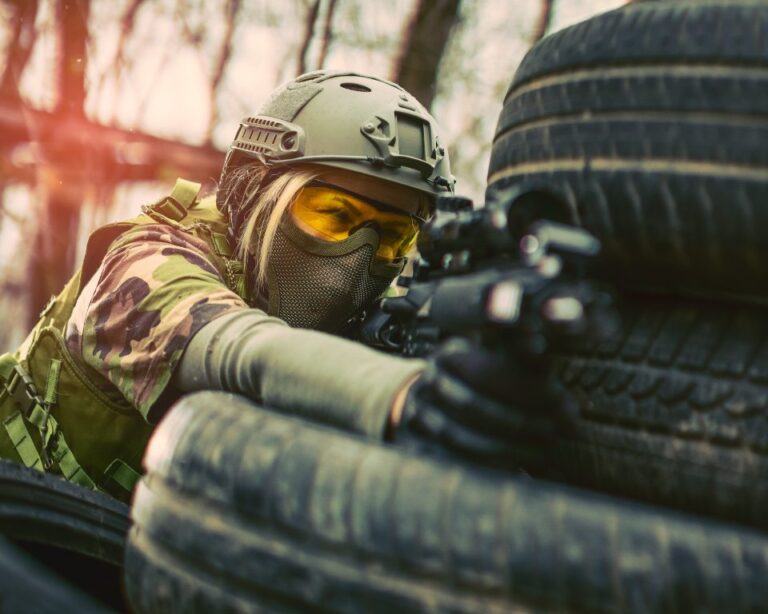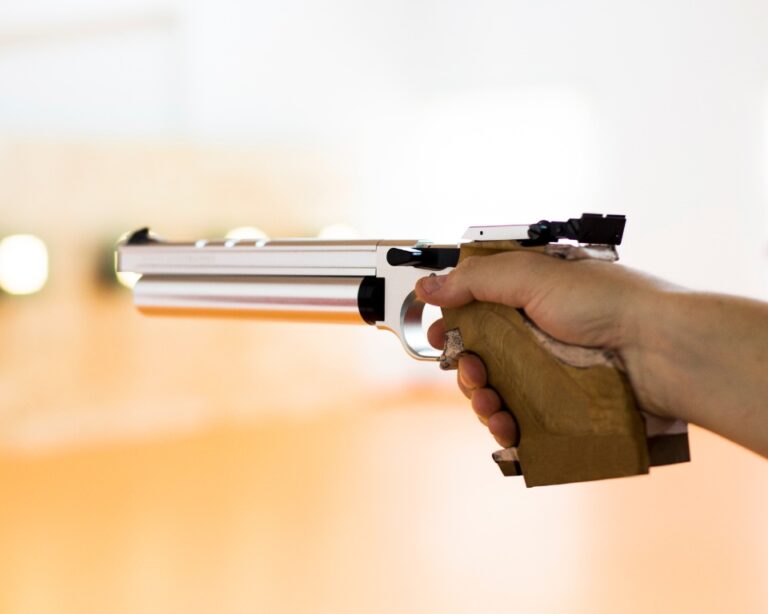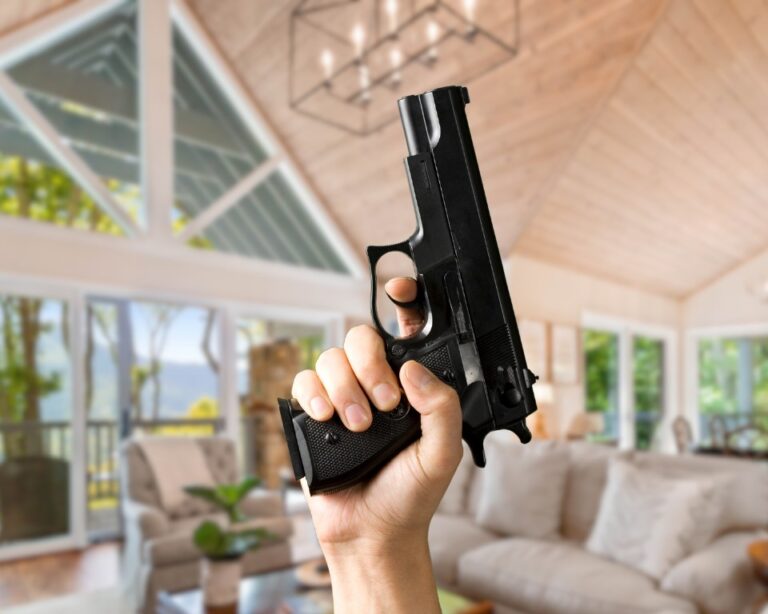Are Airguns Classified as Weapons? An In-Depth Analysis.
Welcome to our in-depth analysis of the classification of airguns as weapons. Airguns have a long history, dating back to the 16th century, and have evolved in their operation and design over the years. Today, they use various mechanisms to propel projectiles, such as compressed springs, liquid carbon dioxide, or pre-compressed air. In this article, we will explore the legal implications of airguns, their different types, and the potential risks associated with their use.
In the United Kingdom, spring-powered airguns are the most popular, accounting for 75% of all airguns examined between 2010 and 2014. However, PCP air rifles are also gaining popularity. The legal classification of airguns varies between countries, with different energy limits for projectiles. For example, in the UK, the kinetic energy of air rifle pellets must be below 12 foot pounds, while other European countries use 7.5 J. Despite gun controls, airguns are responsible for injuries and fatalities worldwide. In the UK, 37% of reported gun offenses involve air weapons, resulting in property damage in the majority of cases.
Key Takeaways:
- Airguns have evolved in their operation and design since the 16th century.
- Spring-powered airguns are the most popular type in the UK, followed by PCP air rifles.
- The legal classification of airguns varies between countries, with different energy limits.
- Airguns are responsible for injuries and fatalities worldwide, despite gun controls.
- Understanding the different types of airguns and their legal implications is essential for responsible use.
Types of Airguns
Airguns can be categorized into different types based on their propelling mechanisms. The most popular type in the UK is the spring-powered airgun, which uses a compressed spring to propel the projectile. According to our source, spring powered airguns accounted for 75% of all airguns examined between 2010 and 2014. Spring powered airguns are known for their reliability and simplicity. They are often preferred for their affordability and the ease of maintenance associated with their design.
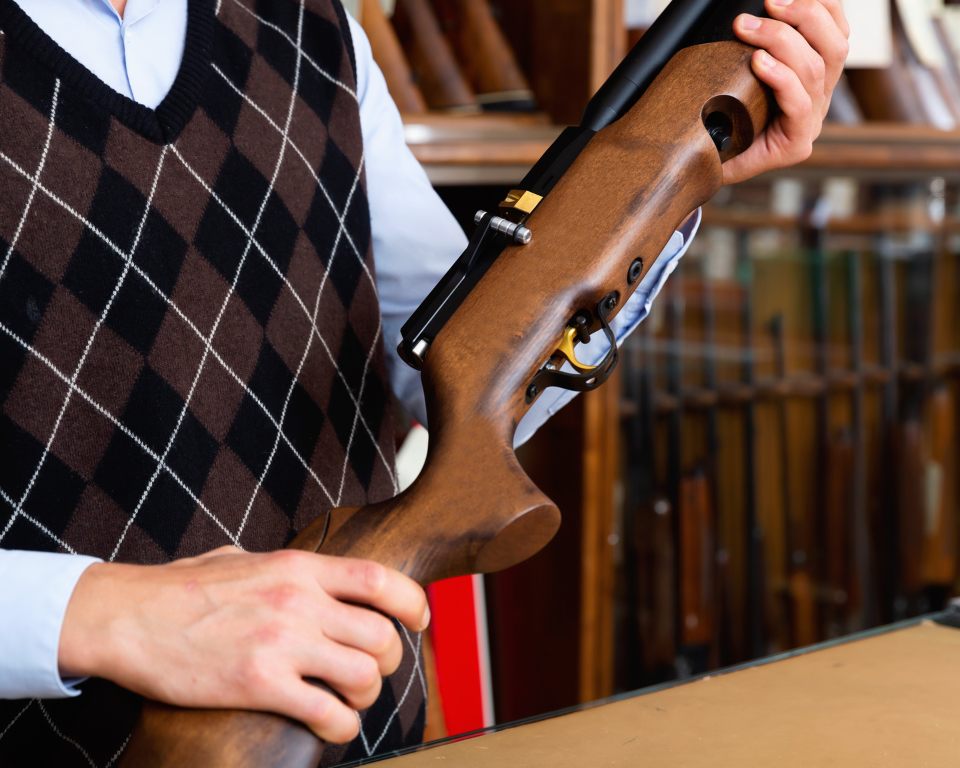
PCP (pre-charged pneumatic) air rifles are also gaining popularity. These airguns use pre-compressed air to propel the projectile, offering higher velocity and improved accuracy compared to spring-powered counterparts. PCP air rifles are preferred by professionals and enthusiasts who prioritize performance and precision. However, they require additional equipment, such as a high-pressure air source or air pump, to fill the air reservoir.
Another type of airgun is the compressed air airgun, which uses liquid carbon dioxide that quickly converts into gas to propel the projectile. These airguns offer ease of handling and consistent performance. They are commonly used for recreational purposes and are often chosen for their convenience and ease of use.
Each type of airgun has its own unique characteristics and variations, making it crucial to understand them to choose the right one for personal safety or self-defense. Whether you prefer the reliability of spring-powered airguns, the performance of PCP air rifles, or the convenience of compressed air airguns, it’s important to consider your specific needs and preferences when selecting an airgun.
Airguns and Firearm Classification
Airguns, despite their popularity and widespread use, are often not classified as firearms in many countries. This unique legal classification sets them apart from traditional firearms and brings with it its own set of regulations and restrictions. In the United Kingdom, for example, airguns are not considered firearms under the Firearms Act of 1968. However, they are subject to specific legal requirements for licensing and certification.
In contrast, in the United States, airguns are not classified as firearms by federal law. This means that they are not subject to the same licensing and registration requirements as traditional firearms. However, it is important to note that state and local laws may still regulate the use and possession of airguns to varying degrees.
Although airguns may not be classified as firearms, it is crucial to understand that they still have the potential to cause harm and be used as weapons. Air rifles, in particular, can pose serious risks, especially when operated without caution or inappropriately. While air rifles below a certain energy limit may not be considered firearms, they can still cause injuries and fatalities if mishandled or used irresponsibly.
It is essential for individuals to be aware of the legal classification of airguns in their respective countries and jurisdictions. Understanding the specific regulations and requirements surrounding airgun ownership, possession, and use is crucial for ensuring compliance and preventing any unintentional legal violations.
Moreover, recognizing that airguns can be used as non-lethal weapons is important. While they may not possess the same lethal force as conventional firearms, airguns can still cause significant harm if used improperly or with malicious intent. As such, treating airguns with respect and understanding their potential dangers is vital for both personal safety and the safety of others.
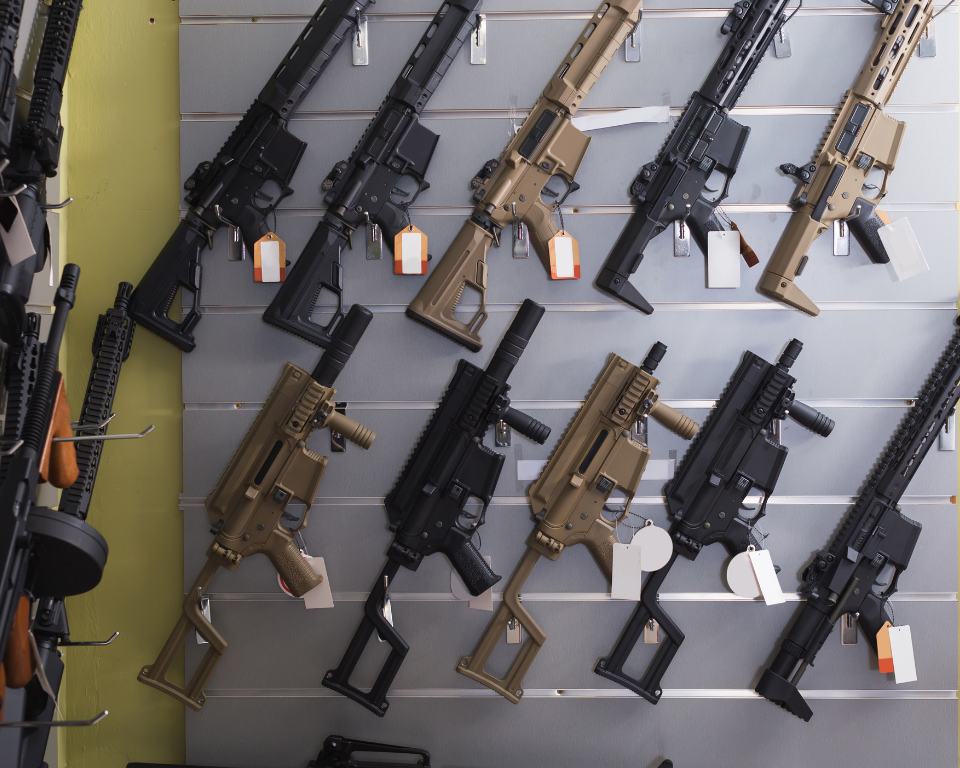
In the following sections, we will delve deeper into the various types of airguns, the injuries and misuse associated with them, and the necessary measures to promote responsible airgun usage and public safety.
Injuries and Misuse of Airguns
Despite gun controls, airguns are often misused and can cause injuries and fatalities. In the UK, air weapons are responsible for 37% of reported gun offenses, resulting in property damage in the majority of cases. Internationally, air rifles under the energy limit have caused injuries and deaths. This highlights the importance of responsible use and adherence to gun controls. Misuse of airguns can lead to unintended harm, and airguns should not be underestimated as non-lethal weapons. It’s crucial to promote safe and responsible use of airguns to prevent accidents and injuries.
Airgun Modifications and Forensic Considerations
Airgun enthusiasts are no strangers to modifying their airguns in pursuit of improved performance, accuracy, and velocity. These modifications often involve adjustments to the spring strength, transfer port dimensions, and lubrication. While these modifications can yield favorable results, it is essential to recognize that they may also have unintended consequences. However, there is a noticeable lack of comprehensive research exploring the legitimacy and impact of these modifications, especially concerning the forensic analysis of airgun shootings.
Forensic analysis of airgun shootings presents particular challenges due to the inherent variability in discharge, markings on projectiles, and the difficulty of linking specific airguns to fired pellets. The effects of airgun modifications on the forensic investigation process remain relatively unexplored. It is crucial to gain a deeper understanding of how modifications influence the ballistic characteristics of airguns and the potential implications in forensic analysis.

By examining the effects of airgun modifications on projectile behavior and the resulting forensic evidence, we can enhance our understanding of how these modifications may affect legal investigations. This research plays a vital role in establishing reliable and consistent forensic protocols for detecting and attributing airgun-related incidents. The ultimate goal is to ensure that forensic experts and law enforcement agencies have the knowledge and tools necessary to distinguish between modified and unmodified airguns accurately.
Serious Injuries and Public Awareness
Airguns can cause serious injuries in children, which are often underestimated by parents, officials, and even physicians. The penetration power of modern airguns can be similar to conventional handguns, making them potentially dangerous.
“Airgun injuries among children are a cause for concern,” says Dr. Emily Sullivan, a pediatrician at St. John’s Hospital. “We often see children with severe wounds caused by airgun accidents. It’s crucial for parents and the public to understand the potential dangers associated with airgun use.”
Increased public awareness, limitations on airgun usage, and strict legislation are necessary to protect children from airgun injuries. Education plays a vital role in preventing accidents and promoting responsible use of airguns.
Public Awareness Campaigns
“We need to raise public awareness about the risks of airgun injuries,” says Sgt. Michael Johnson, a spokesperson for the local police department. “Through community outreach programs and educational campaigns, we aim to emphasize the importance of safe airgun handling and storage. Our goal is to prevent accidents and protect our children.”
It is crucial to educate the public about the potential risks and consequences of airgun use, especially among teenagers who may use them for sport or recreation. By providing information on proper safety measures and responsible use, we can help prevent injuries and incidents.
Legislation and Regulations
“Stricter legislation regarding airgun possession and usage is essential to minimize the risk of injuries and accidents,” says Senator Emma Thompson, a strong advocate for airgun safety. “We need laws that address the age restrictions, proper storage, and safe handling of airguns. By enforcing these regulations, we can protect our children and promote a culture of responsible airgun use.”
Stronger regulation and enforcement of laws regarding airgun possession and usage can help prevent accidents and injuries. By implementing measures such as mandatory licensing, age restrictions, and safe storage requirements, we can reduce the likelihood of airgun-related incidents.
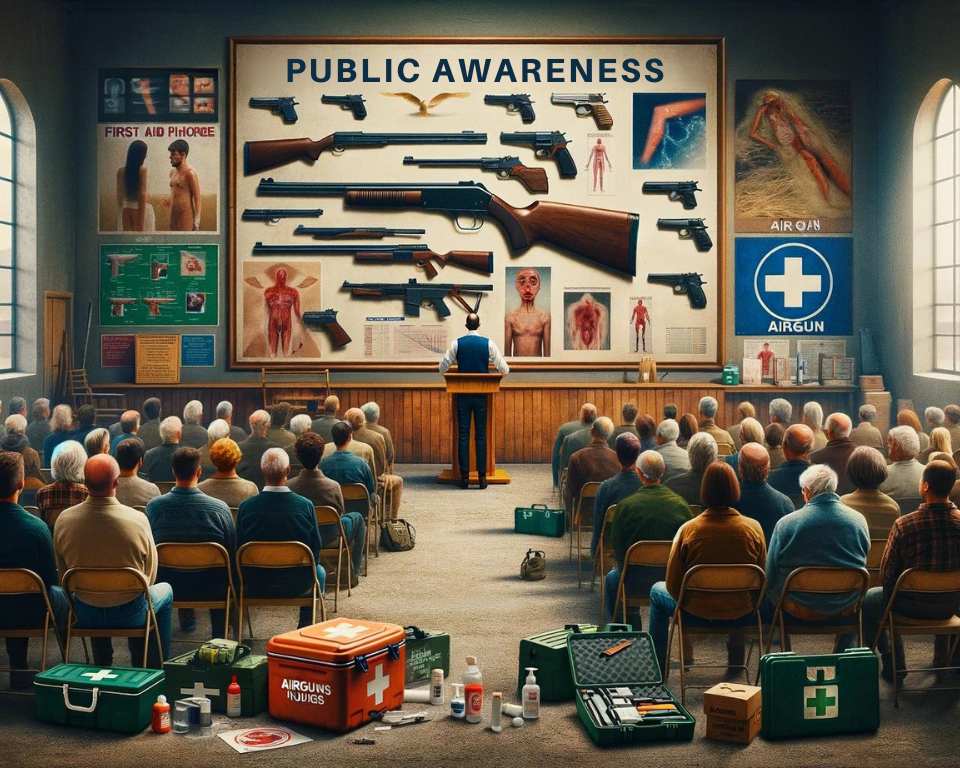
In conclusion, increasing public awareness, implementing limitations on airgun usage, and enforcing strict legislation are vital steps toward preventing airgun injuries among children. By educating the public, advocating for stricter regulations, and promoting responsible airgun use, we can create safer environments for our children.
Medical Cases and Surgical Interventions
Medical case reports provide valuable insights into the severity of airgun injuries and the urgency for immediate medical attention. Numerous cases have been documented involving teenagers who have sustained various injuries from airgun incidents, including pneumo/hemothorax, abdominal injuries, and spleen lacerations.
These cases necessitated prompt surgical interventions, such as thoracic exploration, abdominal exploration, and splenectomy, to address the injuries effectively. The timely provision of medical care is pivotal in managing airgun injuries and mitigating further complications.
These medical cases underscore the necessity for heightened public awareness and stringent legislation to safeguard children from the perils associated with airgun-related injuries.
Case Study: A Teenager’s Confrontation with an Airgun Injury
“Sarah, a 16-year-old girl, suffered a severe abdominal injury as a result of an airgun accident. The projectile penetrated her abdomen, causing extensive internal damage. Immediate surgical intervention was necessary to explore and repair the affected areas.”
“Thanks to the prompt medical care she received, Sarah’s injury was successfully treated. However, the incident emphasizes the importance of raising awareness about the potential dangers of airguns and enacting stricter regulations to prevent similar incidents in the future.”
The alarming nature of these medical cases highlights the critical need for comprehensive education and preventative measures to protect individuals, especially children, from airgun-related injuries. By fostering a deeper understanding of the risks and implementing rigorous legislation, we can work towards reducing the occurrence of such incidents and ensuring the safety of our communities.
Conclusion
In conclusion, while airguns may not be classified as firearms in many countries, it is important to recognize their potential to cause serious injuries. Therefore, it is crucial to treat airguns with caution and to prioritize responsible use and adherence to gun controls.
By increasing public awareness, implementing stricter legislation, and providing proper education, we can promote the safe use of airguns and reduce the risk of accidents and misuse. It is essential for individuals considering the use of airguns for personal safety or self-defense to have a comprehensive understanding of the different types of airguns, their legal implications, and the potential risks associated with their use.
Ultimately, the responsible use of airguns plays a vital role in preventing harm and ensuring the safety of both users and the general public. By respecting the potential dangers associated with airguns and taking necessary precautions, we can mitigate risks and foster a culture of responsible airgun usage.


